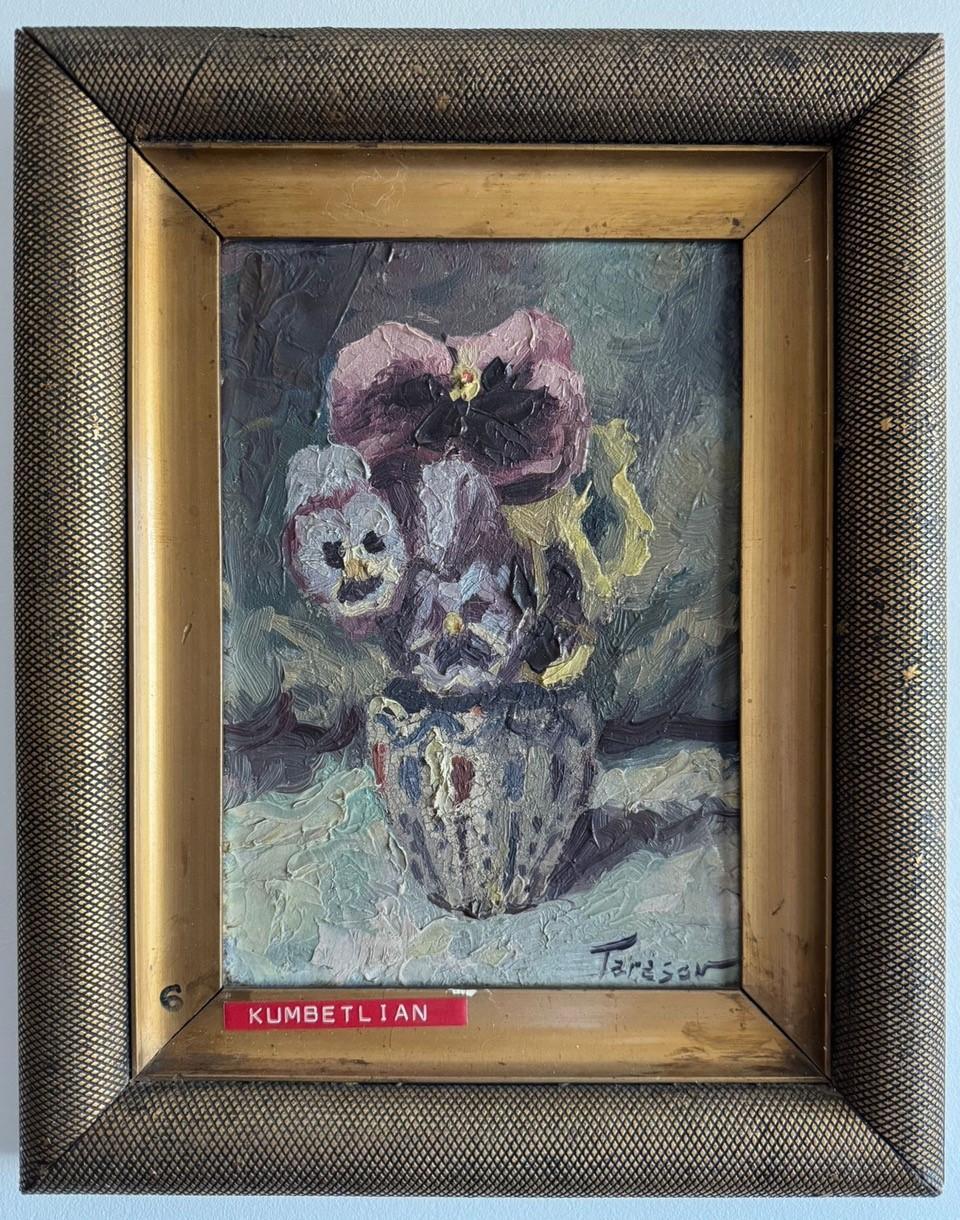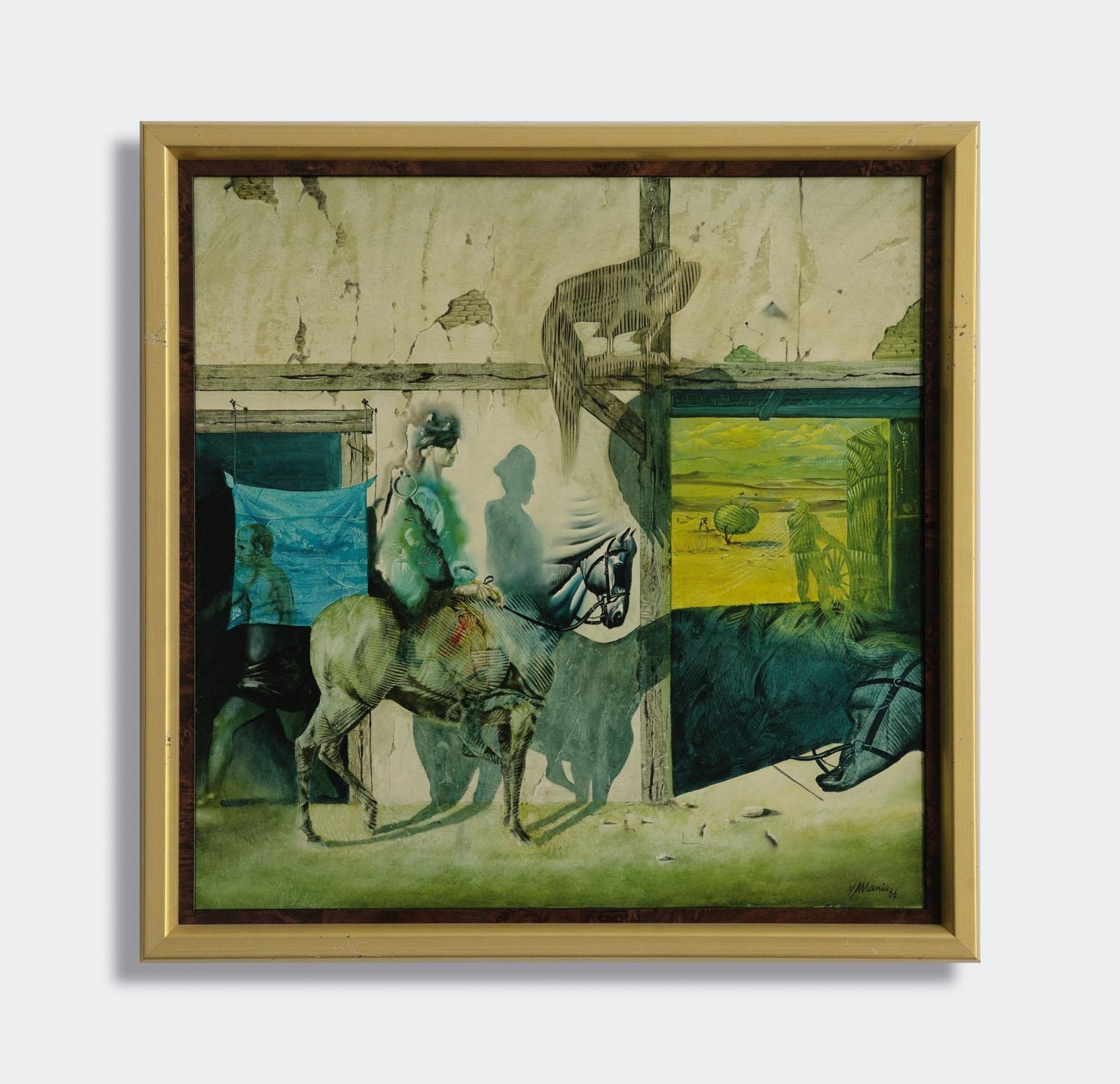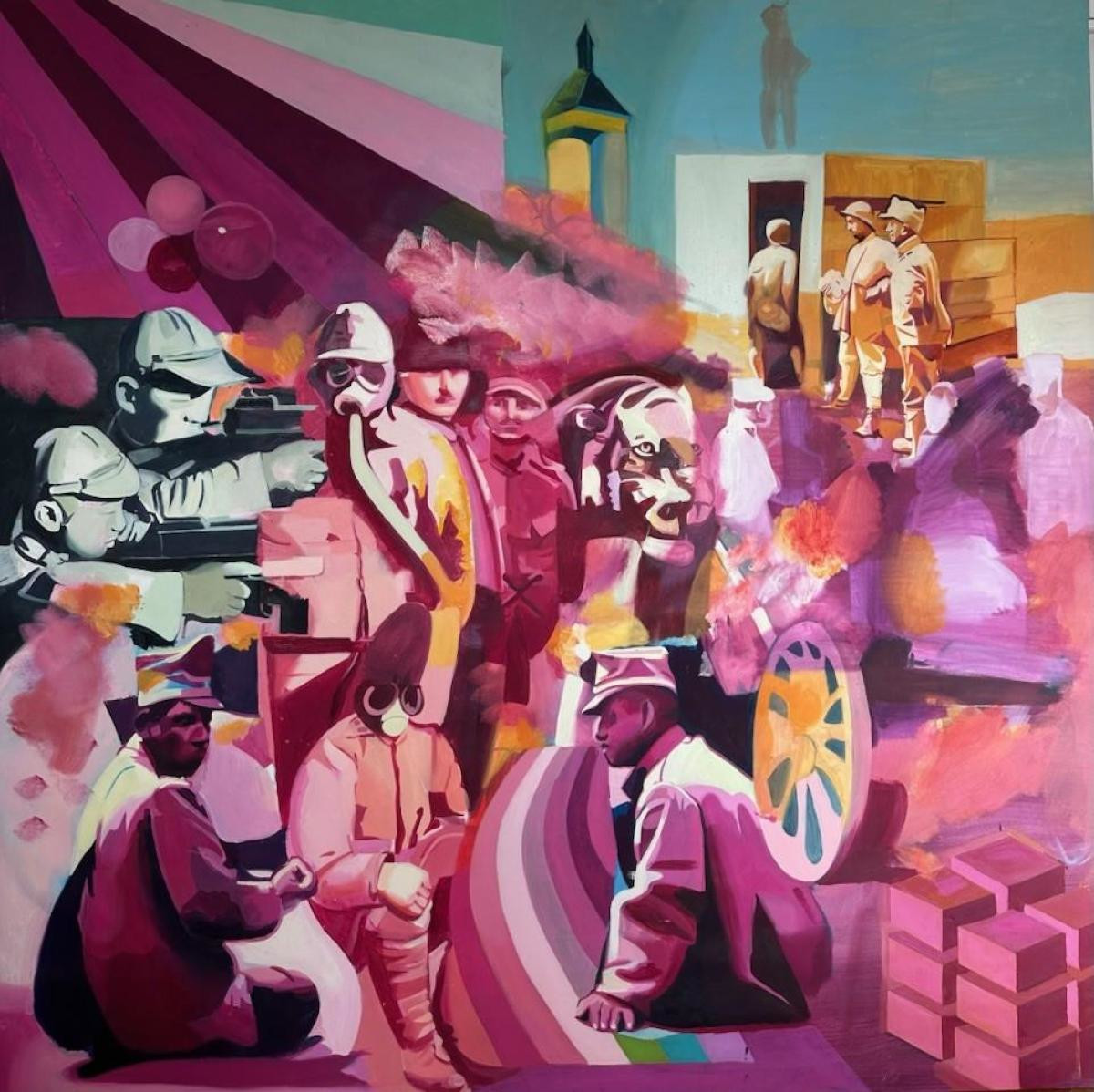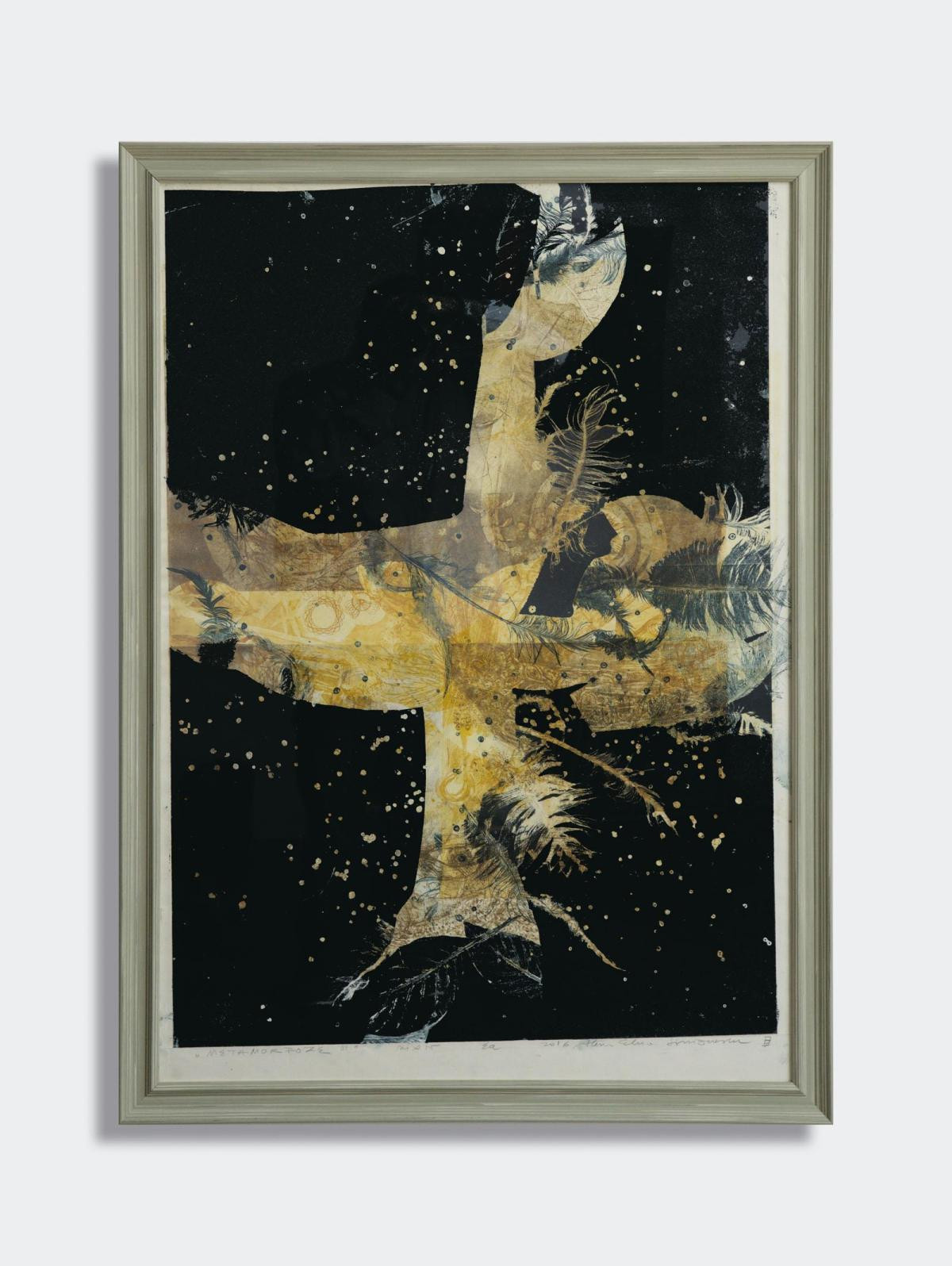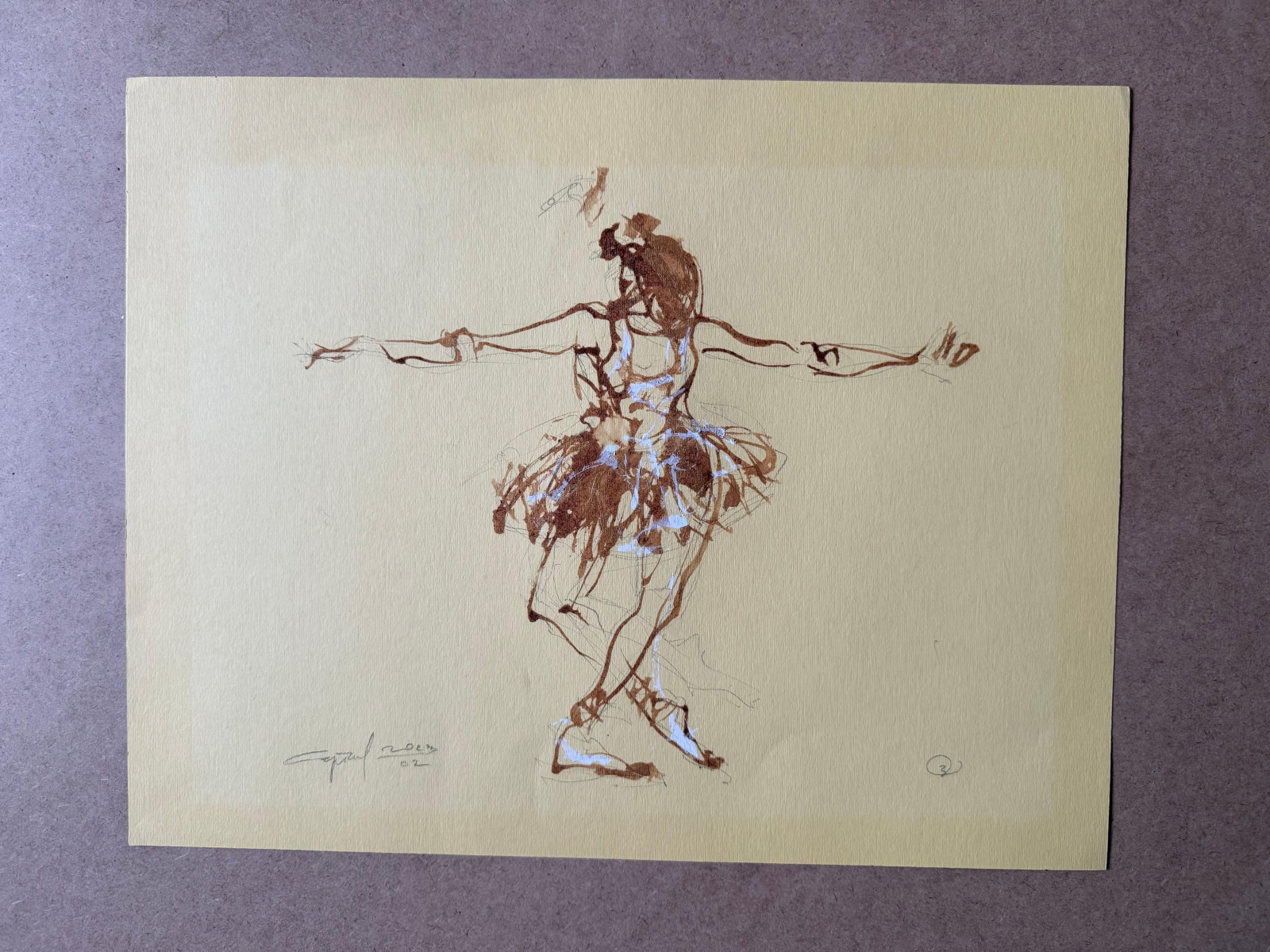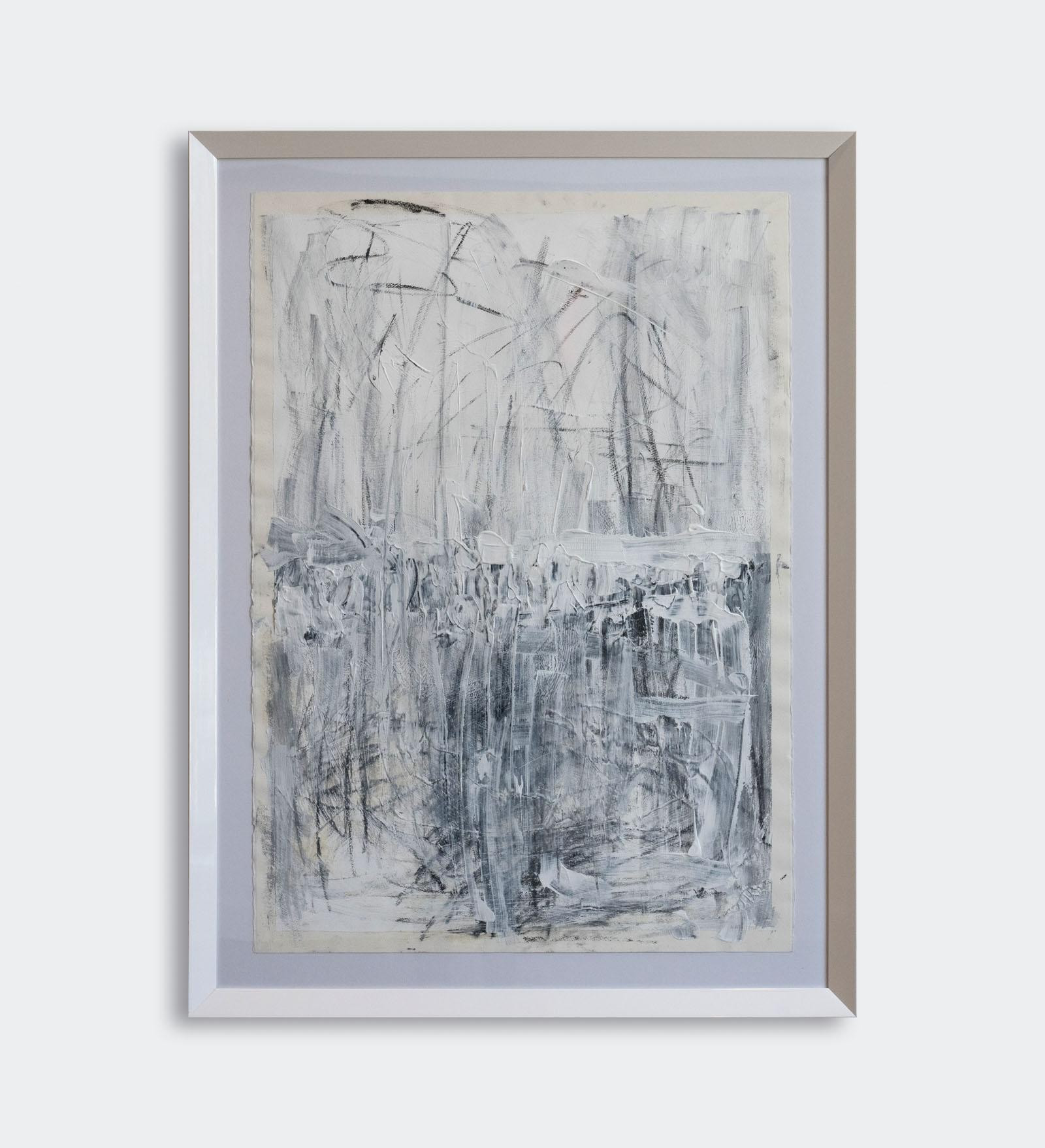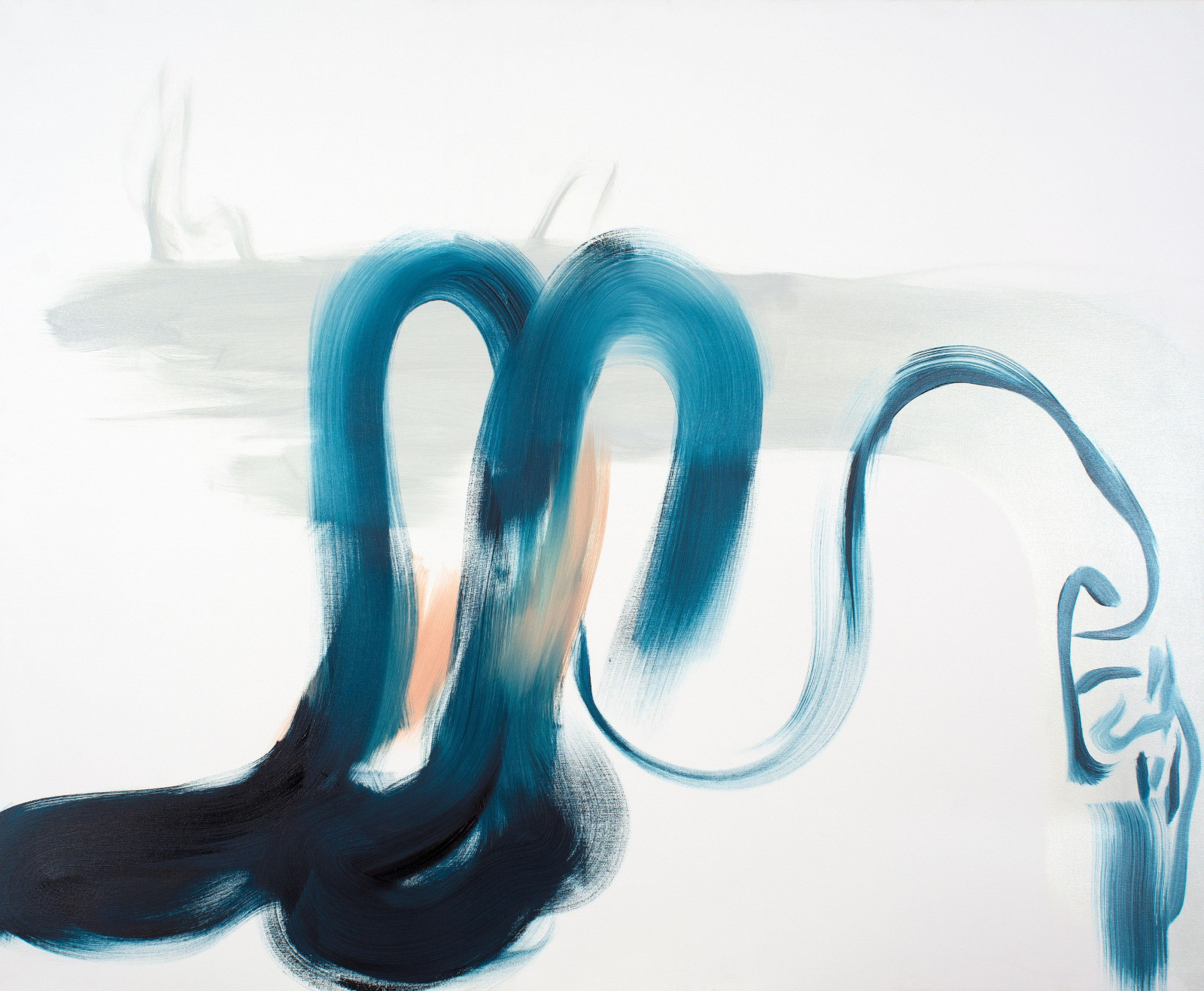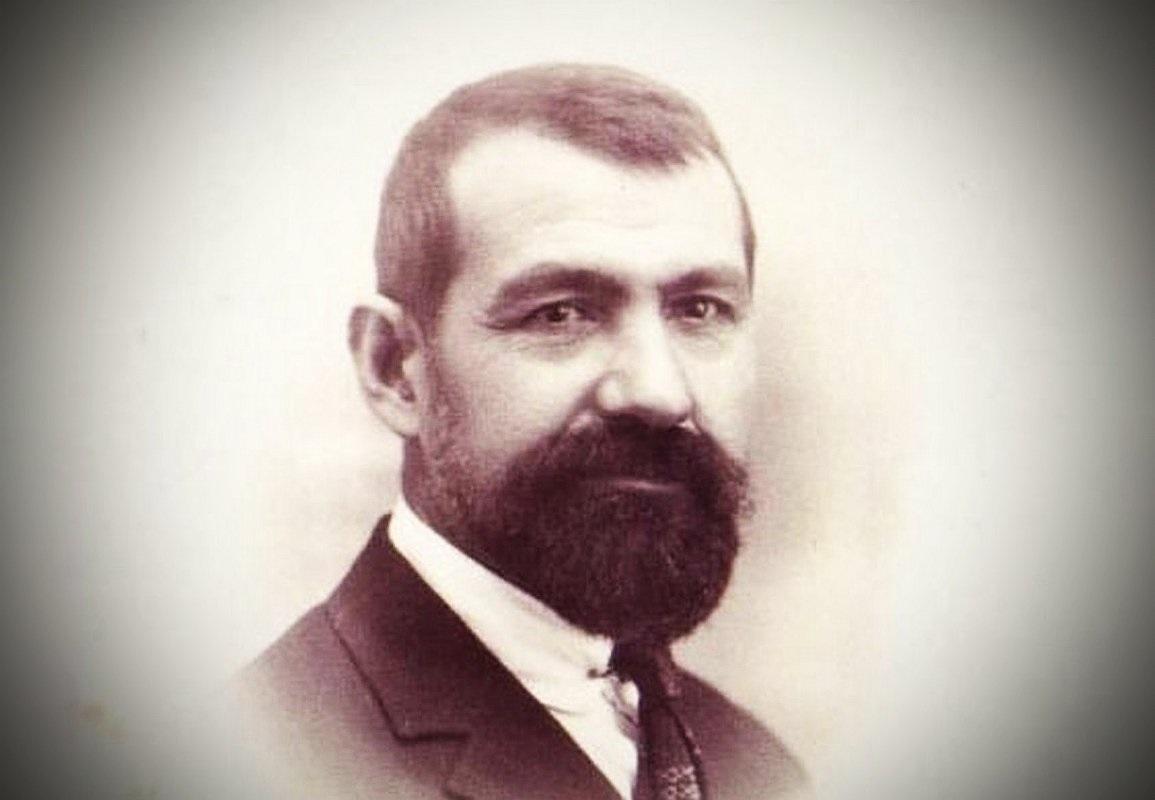
Stavru Tarasov
Stavru Tarasov (n. 6 ianuarie 1883, Letea, județul Tulcea - d. 18 ianuarie 1961, Brașov) was a painter, musician and a romanian teacher. After primary school, he attended four classes at the Normal School in Câmpulung (Muscel) and the fifth in Galați. In 1903 he entered the competition at the School of Fine Arts in Iași, where he was a colleague of Tonitza, Ștefan Dimitrescu, Bacalu and Bulgăraș, having as teachers, among others, Emanoil Panaiteanu-Bardasare (teacher and director), Sever Mureșanu and others. In parallel, he attended the Iași Conservatory of Music, in the "violin" class of Professor Atanasie Theodorini. At the end of the 1904-1905 school year at Bell Arte, Stavru Tarasov received the Bronze Medal for the work "Drawing after an ancient figure".
Between 1906 and 1909 he entered through a competition and attended the Royal Academy of Fine Arts in Munich (registered on 14.05.1906 with the matriculation number 3123, specializing in "drawing", where he was a colleague of Nicolae Tonitza and Marius Bunescu. Towards the end of 1909 he settled in Paris, where he remained until 1910. He studied in museums and private studios and participated in Tonitza's exhibition, organized in his studio on Montparnasse Street. In 1911 he moved to Brussels, where he remained until 1914. During this time he entered through a competition and attended painting studies at the "Académie des Beaux Arts" in Brussels. He supported himself by playing the violin in an orchestra and making copies of paintings in museums. In 1912 he participated in a collective exhibition in The Hague with the painting "Morphinomane". The work was purchased by the city architect – Ian Hendricks. Praised by critics and the public, the Romanian painter caught the attention of the City Hall, which commissioned him to make a copy of Fra Angelico’s work, “The Descent from the Cross”. In 1914 he returned to Brussels and, together with a group of Belgian decorative artists, went to Argentina, to Rosario, where he decorated the local theater.
In 1915 he worked as a draftsman in Paris and on July 15, 1915 he returned to Romania. Upon returning home, he applied for a teaching position. He was sent as a substitute teacher in the hamlet of Sfiștofca in the commune of Periprava, Tulcea County. During 1916–1917 he was mobilized in the 73rd Infantry Regiment, in Tulcea, and used as a translator for the Russian armies in the Danube Delta. During the period 1918–1928 he worked as a drawing teacher in Târgu Ocna, where he married the teacher Constanța Ionescu, close to Queen Maria in her acts of charity for the wounded in World War I. He then worked in Bacău, Tecuci and Bârlad.
More Artworks from Stavru Tarasov
